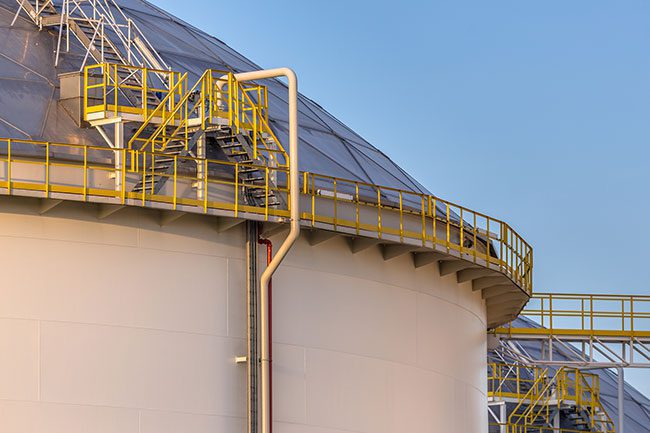What Is a Conveyor Crossover and What Makes a Good Design?

Footprint space around conveyor equipment can often be tight, but access to areas is necessary and has to be made accessible. It is often human error and the need for an employee to get to an area on the other side of a conveyor belt that causes the most abuse of basic safety rules. Without a crossover; accidents are inevitable. You need a conveyor crossover to implement safe crossings in your business, and it needs to be in the ‘most needed’ location.
What is a Conveyor Crossover and What Makes a Good Design?
Conveyor crossovers are necessary as people performing their duties where conveyors are in operation tend to cross over the pathways. When crossing over them, they assume they’ve chosen an appropriate place and safe time. The temptation not to use the shorter route is often overpowering. This type of injury affects your production and creates costs to your business in medical claims.
Different Design of the Conveyor Crossovers
There are two different construction types of conveyor crossovers commonly used in industrial applications; the ladder and the stair type. With these two kinds, there are several designs to choose from.
- Crossovers with Ladders– Crossovers with ladders get designed from sturdy steel construction. The rungs on the ladder provide safe footing for employees, and the bridge over the conveyor take up minimal floor space to install. These constructions have a handrail for added safety.
- Modular Crossovers– A modular crossover raises walkways over the conveyor and other equipment that operate around areas with pedestrian traffic. They are adjustable to the height of your working stations and are part of OSHA compliant safety standards. Depending on the area you need the walkway created for; you may need more than one section. All sections are bolted together to provide a sturdy structure. Platforms can be built along the modular crossover to obtain access to workstations.
- U-Shaped Crossover– The U-Shaped crossover is constructed from tubular steel making it a very sturdy and durable piece of equipment. The stairs angle at 45 degrees on a nine-inch rise. On this piece of equipment, the stairs are positioned parallel to obstruction. This positioning will give you more floor space.
- Welded Steel Crossovers– The welded crossover structures are constructed from welded tubular steel to ensure a more stable piece of equipment. The welded steel crossover provides you access to relevant sections of your facility. Crossovers work well to access pipes, mechanical equipment, or other obstacles on your floor areas. There is a 45-degree stair angle with a nine-inch rise, so it is easy to climb. Handrails are placed on these crossovers to make crossings safer.
Differences in the Designs
There are a lot of variations in the layouts and materials used in the construction of crossovers. The standard straight, U-shaped and those with ladders typically use welded steel. Modular designs construction use a lighter weight material such as aluminum.
Crossovers constructed from welded steel are a more durable structure able to handle more weight. With this type of construction, it makes the structures hard to move once installed. These structures ship to your location in several pieces, and then the assembly finishes when placed where they are needed.
Crossovers in the modular design are not as heavy and also cannot handle the same amount of weight. This design makes them much easier to take apart and move to different locations where they are needed.
What Type of Crossover do You Need?
There are many reasons to use a crossover such as the need to move across assembly lines, reach piping sections, or as a means to go over other obstructions on your facility floor. These structures are a much more economical option than gating an area.
The deciding factor in knowing which type or which design of crossover will work best for you depend on your intended use. An important decision maker is whether it will remain in place, or if you will need to move it to other areas in your facility.
Contact Swanton Welding today and get a quote for a crossover to make your business employee safe. You can also send an email if you have any questions regarding their outstanding welding, fabrication, processing, blasting, or other metal services.

